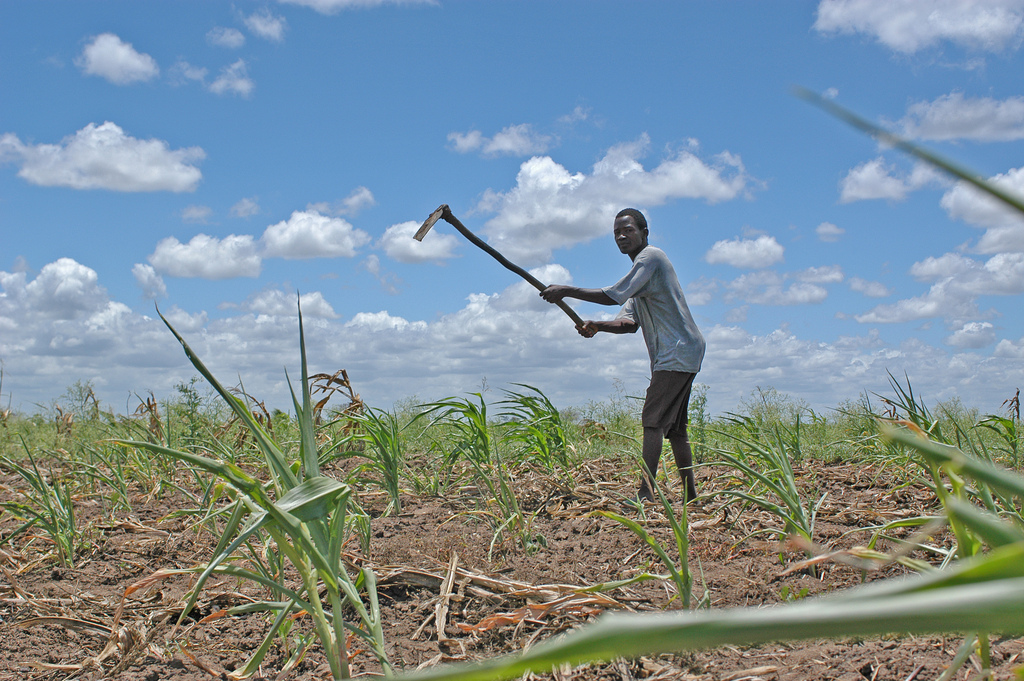Land is connected to many of our most pressing global issues. For example, a significant body of empirical evidence supports the view that strengthening indigenous and local communities’ legal rights to their land is a crucial strategy for avoiding deforestation and mitigating climate change. Secure land tenure can also alleviate poverty, enhance gender equality, and minimize forceful evictions contributing to mass migration and contentious immigration crises. In sum, land is a cross-cutting and vital human rights issue.
Respect for the rights of community members—especially land rights in rural areas—is a critical factor in the resilience of communities as they respond and adapt to natural disasters and destructive social conflict driven by climate change in many parts of the world. Such community resilience greatly influences the sustainability of rural livelihoods. It is thus no surprise that two recent international agreements—the Sustainable Development Goals (SDGs) and the Paris Agreement on Climate Change—both highlight the importance of land rights.
In understanding the connection between land rights and climate change, it is crucial to recognize that most of the world’s forests are managed by local and indigenous communities. As the world’s largest carbon sink, forests play a critical role in the absorption of carbon dioxide from the atmosphere. When deforestation occurs, carbon once stored in the forests is emitted into the atmosphere. Globally, forest degradation accounts for roughly 15% of our greenhouse gas emissions.
In the last several years, a number of empirical analyses and field-based investigative reports have quantified the carbon stored above ground in tropical forests that are legally owned, or traditionally held and managed, by indigenous Peoples and local communities. Some of the key findings include:
- Indigenous Peoples and local communities manage 24% of the total carbon stored in the world’s forests, which is greater than 250 times the amount of carbon emitted from worldwide air travel in 2015;
- At least one-tenth of total carbon in above-ground forests is located in collectively-managed forests lacking formal recognition, placing over 22,000 million tonnes carbon (MtC) at risk of deforestation; and
- Indigenous peoples and local communities customarily claim at least 50% of the world’s lands, but legally own or have resource rights to only 10%. The gap between recognized and unrecognized areas points to significant opportunities to scale-up the protection of customary rights.
In countries that provide stronger legal rights to indigenous communities to own and manage the forests, there is an overwhelmingly positive correlation with decreased carbon emissions, reduction of land degradation, and stabilizing of forested landscapes.
For example, in the 1990s and 2000s, the government in Brazil undertook legislation to legally recognize indigenous lands through mapping and registration. These rights extended to barring multinational corporations from extracting the minerals on those lands. A subsequent analysis showed that in these legally-protected areas, communities were better able to resist deforestation and overcome government actions that undermined their forest rights. Specifically, the forest loss was 0.6% in protected lands as compared to 7% in the non-protected lands.
The literature concludes that protecting the land and resource rights of communities and indigenous peoples can help restore forests and strengthen community resilience in adapting to climate change. Against this backdrop, we have been exploring the viability of a land tenure security index. This data-based tool would allow for a cross-country comparative analysis of the steps taken by governments to recognize, formalize, secure, and protect the land tenure rights of their citizens, especially the most vulnerable populations.
The international community—save the United States government—is in general agreement regarding the urgent need to reduce global emissions to confront climate change. Policy makers must take into account the need to formalize and strengthen land rights as a crucial aspect of our efforts to achieve such reductions. Protection of the land and natural resource rights of poor communities and indigenous peoples could be a potential game-changer in reducing greenhouse gas emissions resulting from deforestation and forest degradation. A land tenure security initiative capable of measuring various governments’ efforts to secure local and indigenous communities’ land rights will be a big step in the right direction.
Alfred Brownell is a Distinguished Scholar in Residence with the Program on Human Rights and the Global Economy (PHRGE) at Northeastern University School of Law. Devan Braun is a law student at Northeastern and a PHRGE Research Assistant.

